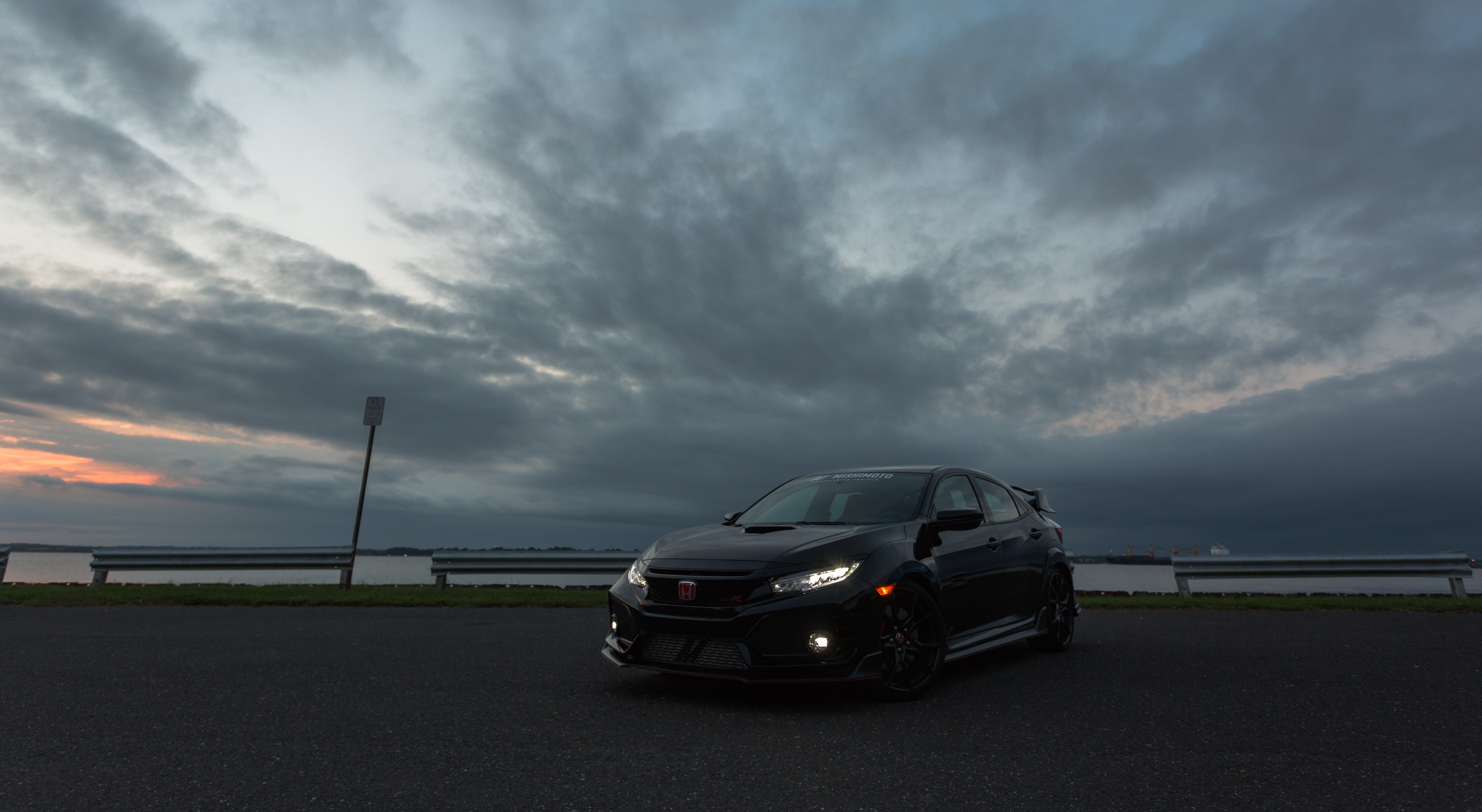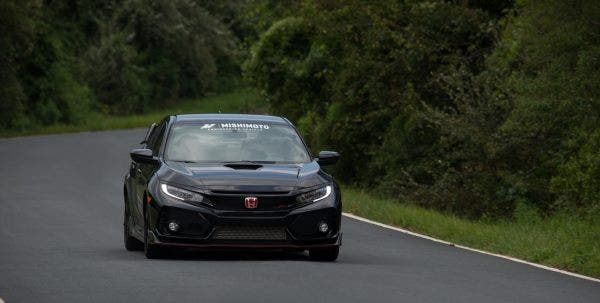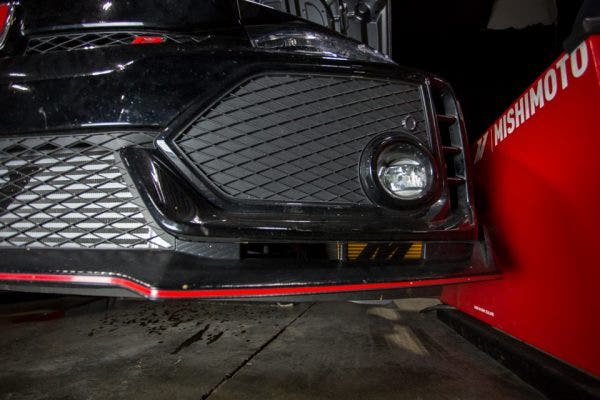
Hot-Blooded - Oil Cooler R&D, Part 1 - Concept and Design
The Type R badge is something that's had a significant history under the red Honda emblem. Since the adoption of anything Type R in the US, the release of the FK8 was almost like the modern reboot of a cult classic sports flick. This time around we get one of the Hemsworth brothers instead of Patrick Swayze much like an added turbo and over the top aero styling. Some things stay the same though. We still get the conspicuously red seats and Foreigner makes an appearance on the soundtrack.
Check it and See
By most accounts, the FK8 is in fact hot blooded. It's strange to see a car that was engineered both on and for the track unable to take the heat of a few laps. Even just the swelter of a summer day on a spirited drive is enough to cause the engine oil temps in the K20C1 to rise.

Oil is more or less the lifeblood of any engine. It makes sure that the multitude of moving parts stay properly lubricated so that your Sporty Civic can keep laying down blistering lap times. Anyone who knows anything about cars knows that there's a specific temperature where this viscous stuff works best, which is generally in the 180-200°F range. This is when the oil reaches its best viscosity for proper lubrication with minimal thermal breakdown, also the reason we need regular oil changes.

Wait, that's not supposed to be color matched! No wonder the FK8 is facing these challenges with their cooling system.
Once the temperature begins to rise over that threshold, not only does the heat put an extra toll on the already strained cooling system but the oil begins to breakdown and less effectively lubricate the engine's internals, which can lead to some unwanted shrapnel getting mixed into the oil. We saw these excessive oil temperatures firsthand during our trip to Raceway Park last fall with our lubricants reaching almost 300°F in just 10 laps.

We were still in the honeymoon phase with CTR #1254 around this time last fall, but that didn't keep us from thrashing it around Raceway Park's circuit in Englishtown, NJ in the name of intake and intercooler development.
Breaking the Fever
Just like most other modern cars, Honda fitted the Civic Type R with a stacked plate, liquid-to-liquid oil cooler, which uses coolant to extract heat from the oil. The problem here is that adds stress to the already overworked cooling system. It's obviously not able to keep up. However, the addition of an external cooler will help keep the under-hood temperatures of the K20C1 in check.

Our Director of Innovation, Eric Plebani, evaluates the potential mounting locations for our oil cooler kit amongst other possible cooling products.
The first step in devising our oil cooler setup was finding the ideal mounting location. Air-to-air coolers operate best when they're located in the direct path of fresh airflow. Luckily for us, the high level of aerodynamic design that went into the FK8 means there are plenty of openings and grilles in the front of the car. However, given that one of those main openings is now occupied by a monstrous intercooler, and the other main air channel needs to remain unobstructed for the radiator, we needed to get a little creative.

Honda included some serious 4-piston Brembo brake calipers, which help in the Type R's supreme handling. The thing with brakes, especially the fronts, is that they also get ridiculously hot and need some extra cooling, which is what that duct work is for. Even after removing the factory duct and placing a cooler in front of the air channel, lopsided brake fade is not something you'll need to worry about. The aero on the car is still directing plenty of air into the wheel wells to cool and blow away dust, keeping the stopping power right where it needs to be.
Our next best choice is the driver's side brake duct. If you take a closer look at this section of the front bumper, you'll notice we're utilizing two different vents. The first and primary option is the ducting designed to channel air to those hefty Brembos. The secondary source of airflow is the slots added to the design that will guide air over the fenders. In addition to the ample airflow directed through that space, there is quite the cavity to fit 19 rows of Mishimoto oil cooling prowess.


To make sure that the fresh air follows our planned path, our mounting bracket is serving double duty. It holds our cooler in place and serves as a diffuser to ensure air is directed through the cooler and out through the inner well.

Stainless steel lines will be the method of transport for the oil to and from the cooler. Also, to make sure we don't over cool the oil, we've included one of our thermostatic sandwich plates with the kit. This way the oil is only getting the extra cooling when it actually needs it.
Just like any movie montage, the protagonist comes out vastly improved over their former self in a matter of one cheesy 80s pop song. In our case, this montage might take place over a full album, but we intend on keeping with the same result. With the full kit in place, it's now just a matter of testing it, for which we'll bring the track to Mishimoto HQ.
Make sure to check out this video for a preview of our upcoming testing results:
Thanks for Reading!
-Nick




